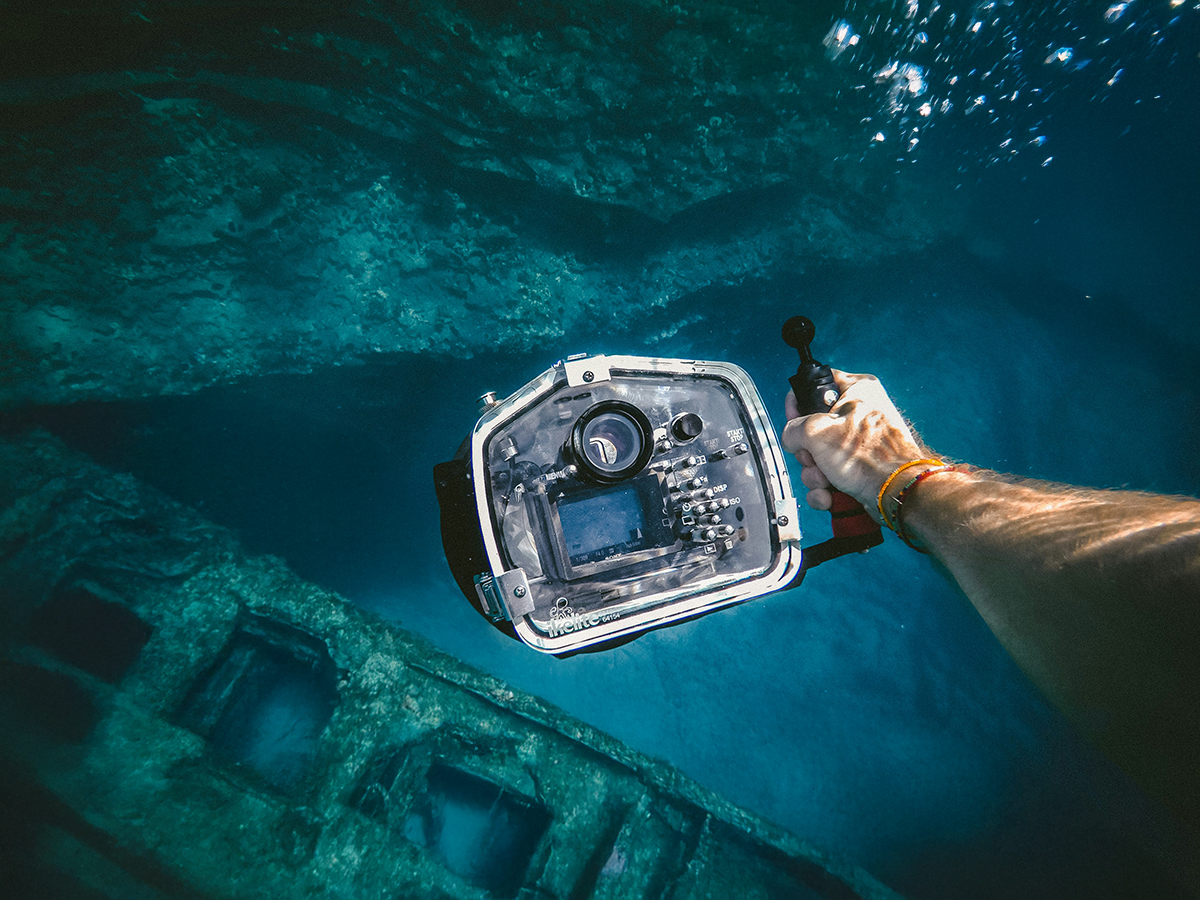Exploring our oceans is an increasing technological challenge. How exactly do we capture clear images under lots of pressure? This article looks at the interesting world of subsea imaging — the problems it has, new ideas and why it is important now.
Why Subsea Imaging Is So Complex
The ocean covers over 70% of our planet, but more than 80% of it has never been explored. Taking photos and videos under the sea helps us to understand marine ecosystems, deep-sea mining, offshore energy infrastructure, and climate change research.
However, imaging beneath the waves is no small feat. Subsea environments are:
- Dark: Sunlight fades rapidly, leaving depths in near-total darkness.
- High-pressure: Equipment must survive pressures exceeding 1,000 atmospheres in deep trenches.
- Turbulent and unpredictable: Currents, biofouling, and salinity changes can all distort optical performance.
- Expensive and logistically difficult to access.
These challenges demand more than just waterproof cameras — they require precision engineering, robust materials, and innovative optics.
The Backbone of Subsea Imaging Systems
When you’re underwater, the quality of your camera isn’t the only thing that matters — what protects it is also important. Subsea environments are very hard to survive in. They are full of salt water and it is very cold and hot there. They need materials that can survive there and be see-through. This is where the science of materials becomes very important for how well something works.
Sapphire is a leader in these innovations. Sapphire windows and domes are very hard, with a 9 on the Mohs scale (just below diamond). This makes them very scratch- and abrasion-resistant. This durability is especially important in places where there are a lot of particles, or if it is used for a long time, because materials like acrylic or borosilicate glass that are softer quickly break down.
Sapphire also maintains its mechanical integrity at temperatures well below freezing and up to 2,000°C, making it ideal for both polar exploration and geothermal vents.
By combining sapphire with anti-reflective coatings or hydrophobic treatments, engineers can further enhance light transmission and reduce biofouling — both critical for long-term subsea monitoring.
Imaging Technologies
Modern subsea imaging is much better than the old way of taking pictures underwater. Engineers and scientists now use a mix of optical, acoustic, and laser-based technologies to capture, map, and analyse underwater environments as they happen. Let’s take a closer look at the key imaging methods powering this revolution:
High-Definition Optical Cameras
These are the eyes of the ocean. Modern subsea cameras have very sensitive CMOS sensors. These sensors can capture detail in low-light conditions. They also have technologies that reduce noise and improve the range of light and dark colours.
These cameras are kept in sapphire-windowed enclosures. This means they can operate thousands of metres deep while showing real-time 1080p or even 4K footage.
Multibeam and Side-Scan Sonar
When cameras can’t see in murky or dark waters, sonar can. Multibeam sonar sends out pulses of sound that travel out in a fan shape. The time it takes for the echoes to bounce back from the seabed is measured. Side-scan sonar creates maps of what’s under the sea.
3D Laser Scanning Systems
Laser-based imaging uses light or LiDAR to scan the ocean floor. When attached to an ROV (a remote-controlled submersible vehicle) or tripod, these systems create highly accurate 3D models — which are very important in subsea construction or archaeological conservation.
Emerging applications include:
- High-resolution digital twins of offshore platforms
- Crack detection in subsea pipelines
- Precise dimensional analysis of submerged structures
Hyperspectral and Multispectral Imaging
These systems capture data across a range of wavelengths that we can’t see. Hyperspectral imaging can tell the difference between materials based on the colours they give off. This means that users can identify things like coral bleaching, mineral deposits, or chemical leaks.
Although they are still being used in subsea fields, they have a lot of potential for environmental monitoring, especially when used with AI-driven data analysis.
Real-World Use Case: Offshore Wind Farm Inspection
Subsea imaging has become an indispensable tool in maintaining the reliability and safety of offshore renewable energy infrastructure — especially wind farms.
Challenge
The base of an offshore wind turbine is exposed to saltwater corrosion, marine growth, and vibrations caused by the movement of water. Over time, this can cause problems like structural fatigue, biofouling (when organisms like seaweed build up on the cable), and cable wear. To avoid these problems, the cable needs to be regularly inspected.
Solution
Inspection-class ROVs with special cameras and sonar are used to scan monopile foundations and inter-array cables. Real-time imaging lets engineers see damage like cracks, missing protective coatings, or sediment scouring. High-definition videos are recorded for digital records and for AI to spot problems.
The harsh environment of the North Sea has strong currents and lots of tiny stones and bits of wood. Using sapphire optical windows makes sure that imaging systems stay clear and intact when used many times, which reduces times when the system is not working and costs from having to retrieve it.
Final Thoughts
Technology used to take pictures of what is under the sea is getting better quickly. This means that we can learn more and more about the depths of our planet. If you work in marine science, offshore energy or high-tech exploration, investing in the right imaging tools — and materials like sapphire — is very important.
Looking for reliable, subsea optical components? Contact our team or call us at 01223 420329 or email our sales team at info@uqgoptics.com.




